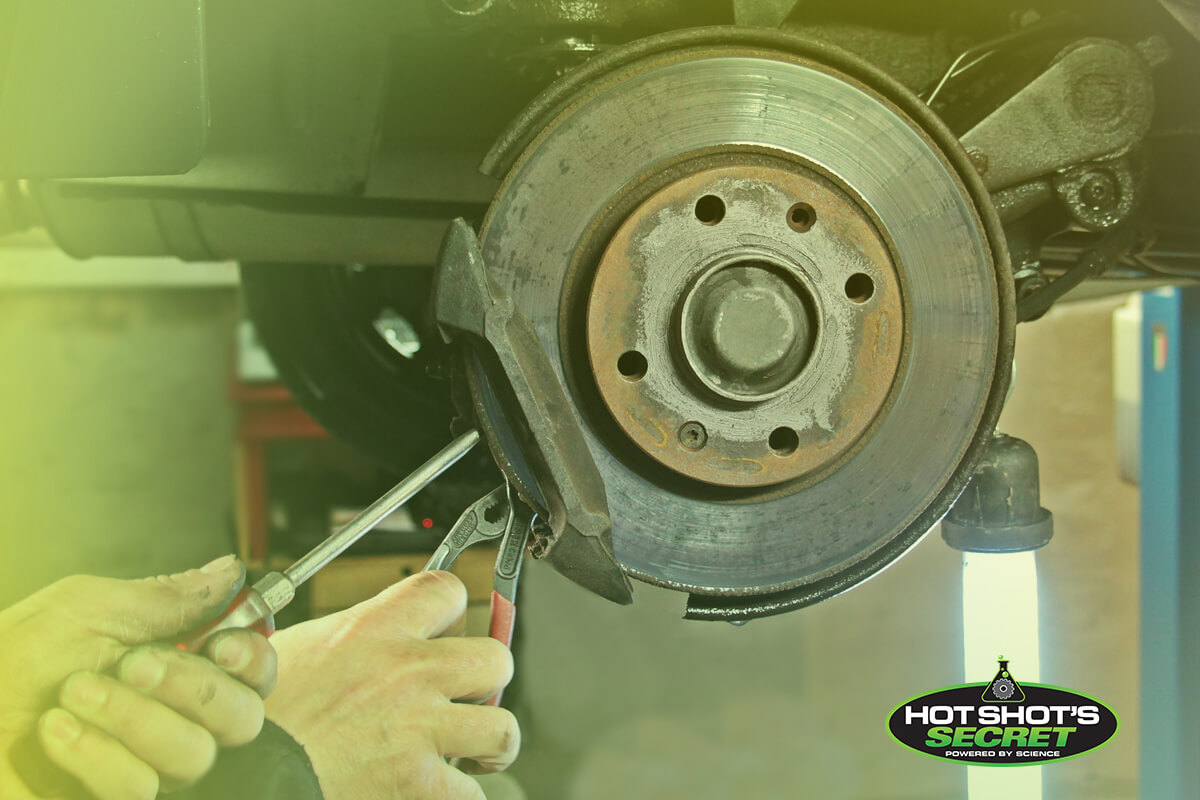
1. Start off with something simple, and kind of fun in my opinion. Scrub down the truck, and give it a good wax. This is for more than just looks. For those of us in the rust belt, salt coats the underside of the truck, accelerating the formation of rust wherever it touches. Ideally, you have already washed it a couple of times over winter. If not, get the hose out and completely spray the underside of the truck, with special attention to the wheel wells. After washing the truck, apply a good wax, any brand will do. This will help further protect your paint not only from rust, but also cracking clear coat due to intense sunlight.
2. Next is tire pressure. I am sure that you had to check it on multiple occasions over the winter. We know that with every 10 degree drop in temperature, we lose 1 pound of pressure. You may have to add a good 7-10 psi over the course of the winter depending on how cold the season was. Over filled tires have excessive and uneven wear, with most of the wear occurring in the center of the tread pattern. The only time you would want to have the tires over filled is under very heavy load conditions, like pulling a heavy camper. Many trucks spec a 20 psi difference between front and back because the rear tires can see extra stress while pulling a trailer. Always reference your owner’s manual for proper pressure specs.
3. Speaking of pulling a trailer, 15 thousand pounds is hard on your braking system, even with trailer brakes. A brake inspection will tell you the overall health of the braking system. Pull the wheels and look at the brake linings, any lining 2 mm or less needs to be replaced; it is important to know that the thinner the brake pads get, the faster they wear. All the pads on the same axle should be within 2 mm thickness of each other. Front brakes do 70% of the work, and the rears do the other 30%, so it is easy to imagine that front pads wear faster than rears. Always replace pads on both sides of the truck at the same time.
4. Check your antifreeze, a bad oil cooler can cause all kinds of problems when antifreeze gets into the oil. Oil coolers start leaking when antifreeze has started to corrode the cooler by turning acidic. Get some test strips online and confirm the ph is above 7 and the nitrite level is in specification. Most test strips can also tell you the ethylene glycol concentration which will ensure you have boil over protection for the hot summer months.
5. Drain the water separator on your truck. Many injector problems can be traced back to water in the fuel. A separator is designed to catch water, but once its full or near full water can pass on to the fuel injection system. Water can cause all sorts of problems like damage from loss of lubrication to cracked injector tips.
6. Lastly, clean out your entire fuel system with Diesel Extreme injector cleaner. Internal injector deposits can rob power over time by throwing injection timing off. A person doesn’t notice because it is gradual, but when its restored the results can be dramatic. In addition, injector noise is usually reduced because of the increased lubricity.
Whether you use your diesel for work or play, we hope these tips benefit our readers. Comment below, to let us know topics you would like us to cover in the future!
